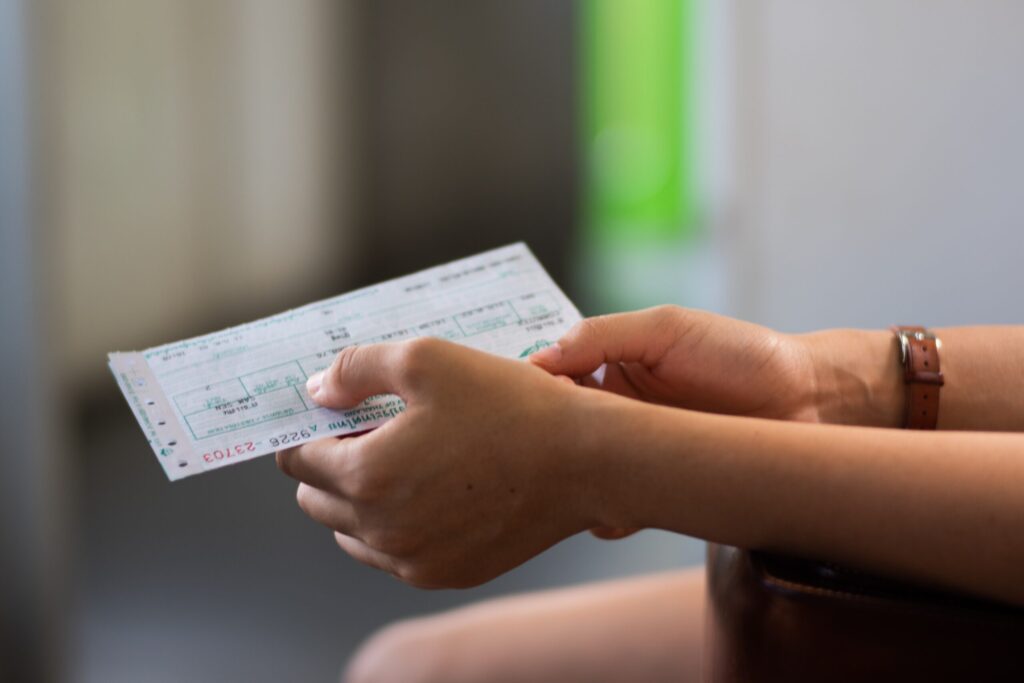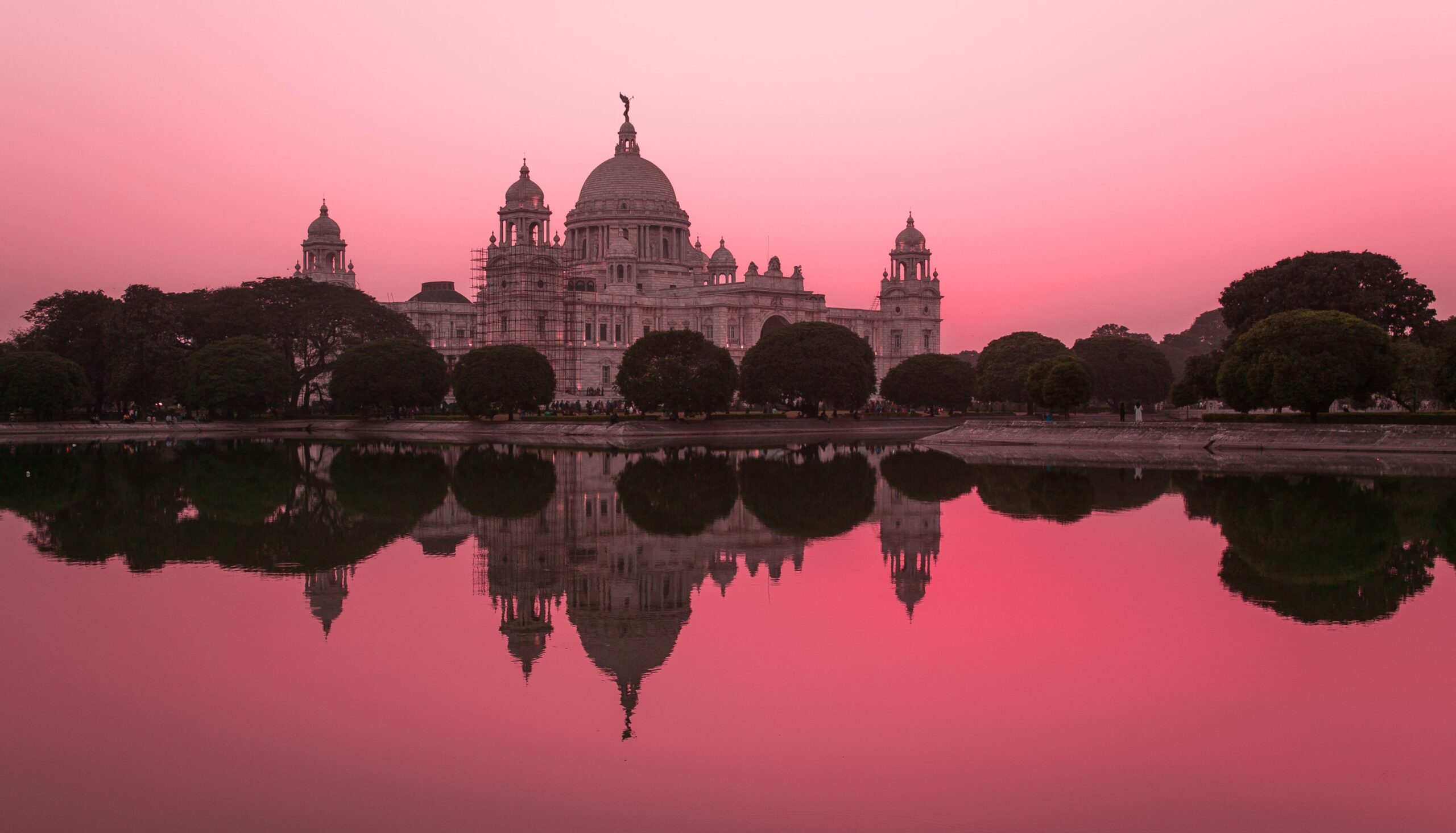Welcome to our blog, where we provide a variety of clever travel hacks and vital advice to make your journey to India smooth. India is thrilling for every traveler with its rich cultural heritage, varied landscapes, and energetic cities. But traversing this big, complicated nation may be intimidating.
Be at ease! We will provide you with helpful knowledge on everything in this post, from visa requirements and safety measures to local customs and transit advice. Prepare to go on a discovery-filled journey with the knowledge you need to make the most of your vacation to India.

1. Try To Stay Within One Direction:
One of the most crucial pieces of advice I can give you when traveling to India is to limit the number of places you visit and spend more time at each one instead of packing too much into one trip.
It would be beneficial if you included time in your schedule for relaxing and recovering because occasionally, merely walking around a congested Indian city may be a sensory overload. Burnout and exhaustion will set in if you try to accomplish too much in too short a time.
Take your time and visit fewer places in more detail instead; you’ll have a better trip. You’ll also have more chances to interact with locals and engage in encounters.
2. Get Ready To Experience Culture Shock:
It is virtually a given that you will face culture shock when you first come to India. Trying to oppose it is pointless. Instead, get ready and know that things won’t be the same as they are at home.
Open your mind as much as you can, and leave your expectations at home. Thus, you will have a better experience knowing the fact that things can be different.
3. Bring Tablets For Traveler’s Diarrhe:
Unfortunately, the dreaded “Delhi Belly” is a regular occurrence for many visitors visiting India. No matter how careful you are, your body won’t be able to handle the variety of microorganisms found in Indian food and water. This is why having traveler’s diarrhea medicine on hand is a brilliant idea — before you need it.
You won’t want to be far from a restroom and scour the streets for a drugstore if you wait until you feel unwell. Loperamide is a fantastic drug since it will slow your gut’s motility and lessen discomfort. If your stomach discomfort persists for over three or four days, Go to the doctor; you could require an antibiotic.
4. Get Out Of The Cities:
Even if visiting some of India’s smaller villages is interesting, seeing the country’s larger cities like Delhi and Mumbai may be fascinating. You’ll experience a slower pace of life, cleaner air, and a new perspective on Indian culture.
5. Dress Formally And Cover Yourself Up:
Even though it may be warm in India, wearing a low-cut top or a miniskirt is inappropriate. You will draw a lot of undesirable attention to yourself if you dress revealingly there because it is a conservative area.
Additionally, dressing like this when visiting a temple or other place of worship is disrespectful. Pack a scarf or sarong to hide your cleavage and some lightweight, long trousers and tops that cover your shoulders.
6. Before Entering A Temple, Remove Your Shoes:
You will often be required to remove your shoes before joining a temple. Wearing shoes that are simple to put on and take off, like sandals, is a bright idea. Keep your shoes in your backpack or pay the temple attendant a few rupees to keep an eye on them if you are concerned that they will be taken from the front of the temple while you are inside.
7. For Your Phone, Get A SIM Card:
It will be so much simpler if you can use your phone while exploring India. You can quickly check travel websites on the move for suggestions and fraud alerts, look up directions on Google Maps, read TripAdvisor reviews before dining at a restaurant, and much more.
After arriving, one of your first tasks should be to get a SIM card with data for your phone. The best choice is to get an international SIM card because obtaining a local SIM card in India might be challenging.
If you want to travel outside of India, the TravelSim SIM card is helpful since it can be used in many other nations. TravelSim provides affordable data plans and the option to top up your sim card while traveling.
Getting an eSIM, which can be set up in minutes, is the quickest option. You may effortlessly transfer service providers from your phone without taking out your present sim card. Applications like WhatsApp allow you to make calls. You should check out our blog about the best app planner in India.
8. Be Wary of Religious Scams:
You can feel under pressure to give money or purchase a spiritual gift at many mosques and temples. A holy man could, for instance, place a red dot on your forehead or tie a thread around your wrist before requesting payment.
Many tourists feel under pressure to comply with this since they want to avoid offending the local faith. You do not have to, though, if you wish not to. If anything costs much money for a local to perform, it is generally simply a tourist money-making scheme rather than a genuine spiritual giving.
9. Stay Calm About The Nearby Pharmacy:
Because they are too eager to visit a local pharmacy, some travelers who feel ill decide to ignore the situation and hope for a speedy recovery. However, because there is nothing to be concerned about, this merely implies that your sickness will continue to worsen without cause.
When you visit a pharmacy in India, you’ll find that they are affordable and welcoming. You can frequently obtain any required medications without a prescription, including antibiotics. It will often be inexpensive and high caliber if you need medical attention.
10. Recognize The Indian Head Waggle:
Travelers to India frequently see how the natives respond by wagging their heads back and forth confidently. It differs from nodding up and down or side to side to indicate yes or no. It can be perplexing because it’s a gesture that doesn’t exist in the West. Depending on the situation, the Indian nod might imply various things.
Here’s a fun video that explains what the Indian head wiggle and nod genuinely signify. Watch it to gain a better idea of what an Indian is attempting to convey when they act in this way.
11. Learn To Bargain:
Although bargaining is a regular aspect of buying in India, if you come from a society where haggling is not the norm, it may initially feel weird and daunting. Remembering that this is a pleasant negotiation rather than a conflict is crucial.
The dealer will likely give you a high-price quote and is counting on you to reply with a cheaper offer. After some back and forth, you can agree on a price that suits both of you. The price is almost always adjustable, and if you don’t barter, you’ll wind up overpaying for nearly everything you buy.
Additionally, the news will spread rapidly among all suppliers that you are a prime target, and everyone will try to overcharge you.
Here’s a suggestion: if the merchant doesn’t lower the price, say ”thank you” and begin to leave. Most vendors will reconsider and drop the price to win you back to their booth since they want to keep your business.
Naturally, you will also have to accept that foreigners nearly always pay more, so try not to worry too much about the little things.
12. Beware Of Pickpockets:
Ensure your items are secure in a crowded public area by being alert. Keep your phone, wallet, and passport in your front pocket or a zipped pocket instead of carrying them in your back pocket. Don’t over accessorize; keep it simple and only have the essentials. Avoid wearing a lot of pricey jewelry or accessories.
13. Be On the Lookout For Typical Travel Scams:
Travel scams come in a few different varieties, so if you are aware of them, you are far less likely to fall for one of them. For instance, a typical con is for the taxi driver to claim they have never heard of your hotel, even if it is very well-known. They can also assert that your hotel has moved or closed down.
They will do this to recommend another hotel, paying them a commission for bringing in customers. You may prevent this by being aware of your hotel’s address in advance and keeping the phone number close, so you can call and check the location.
14. Be Wary Of Fraud Ticket Offices:
There are occasionally fraudulent train ticket stations and tourist information booths in major cities like Delhi and Mumbai. By selling you phony railway tickets that are worthless when you arrive for your travel, they could try to con you.
Another important reason to get a phone with a SIM card is so that you can research the business online to see whether they are reliable. Additionally, if an offer seems too good to be true, it generally is.

15. Take Your Time With Things.:
Keep in mind that everything occurs in ”Indian Time” Trains may not always leave at the planned time, Indian friends may not always show there when they said they would, and things may take much longer than anticipated.
It’s crucial to remember this and provide additional time for delays to avoid being stressed out. Bring a good book to read while you wait, and then just be patient—whatever you’re waiting for will come to pass.
16. Explore Hand Eating Techniques:
Cutlery is used in only some regions of India. Curry is often consumed by folding over a small piece of naan bread, scooping or pinching some rice and curry, and cramming it into your mouth.
It takes some getting used to, but it’s worthwhile to try! Never, however, eat with your left hand since it is customary to wipe oneself with it after using the loo, and doing so is considered impolite and dirty.
17. Keep Travel Insurance In Mind:
India is no exception—you shouldn’t travel anywhere without travel insurance. Any medical care you need if you become sick or hurt will be paid for by your insurance and refunded.
Some insurance plans protect you from theft, misplaced belongings, flight cancellations, and other travel mishaps. You’ll feel more at ease knowing everything will be handled no matter what happens. We already have a blog that give you some tips on travel insurance in India.
18. Go For It:
Traveling in India will be far more complex than traveling abroad. It’s crucial to take care of yourself and prepare for moments when you may feel overwhelmed and exhausted. However, visiting India is worth it for the experience. You’ll experience breathtakingly stunning views, make lifelong friends, and learn about a fascinating old culture.
Conclusion:
After discussing practical travel hacks and important advice for visiting India, we hope you’ll be well-prepared and ready to set out on this fantastic experience. You can maximize your time in this alluring nation by equipping yourself with information and being organized.
These pointers will make traveling in India more accessible, from being aware of regional customs and cultural subtleties to staying safe and healthy. Accept the brilliant hues, flavors, and businesses that are in store for you and immerse yourself in India’s intriguing history, diversified topography, and rich tapestry.
Prepare yourself for a once-in-a-lifetime adventure of discovery as you make lifelong memories. We have already made a guide that suggest some places to visit in India. Check them out:
Visiting Temples In India,
Discovering the Exotic Fauna in India
The Best time to visit Nainital, Uttarakhand
The Best Five Hill Stations of India
Do Indian need visa to visit Mexico?
Why India makes the best holiday trip?

Leave a Reply